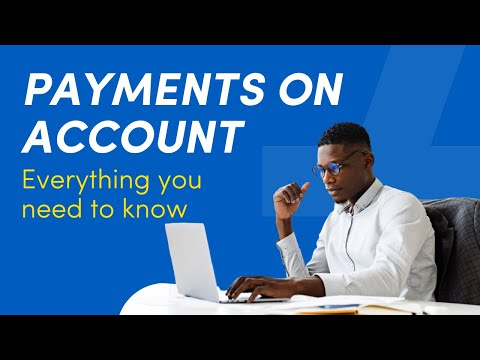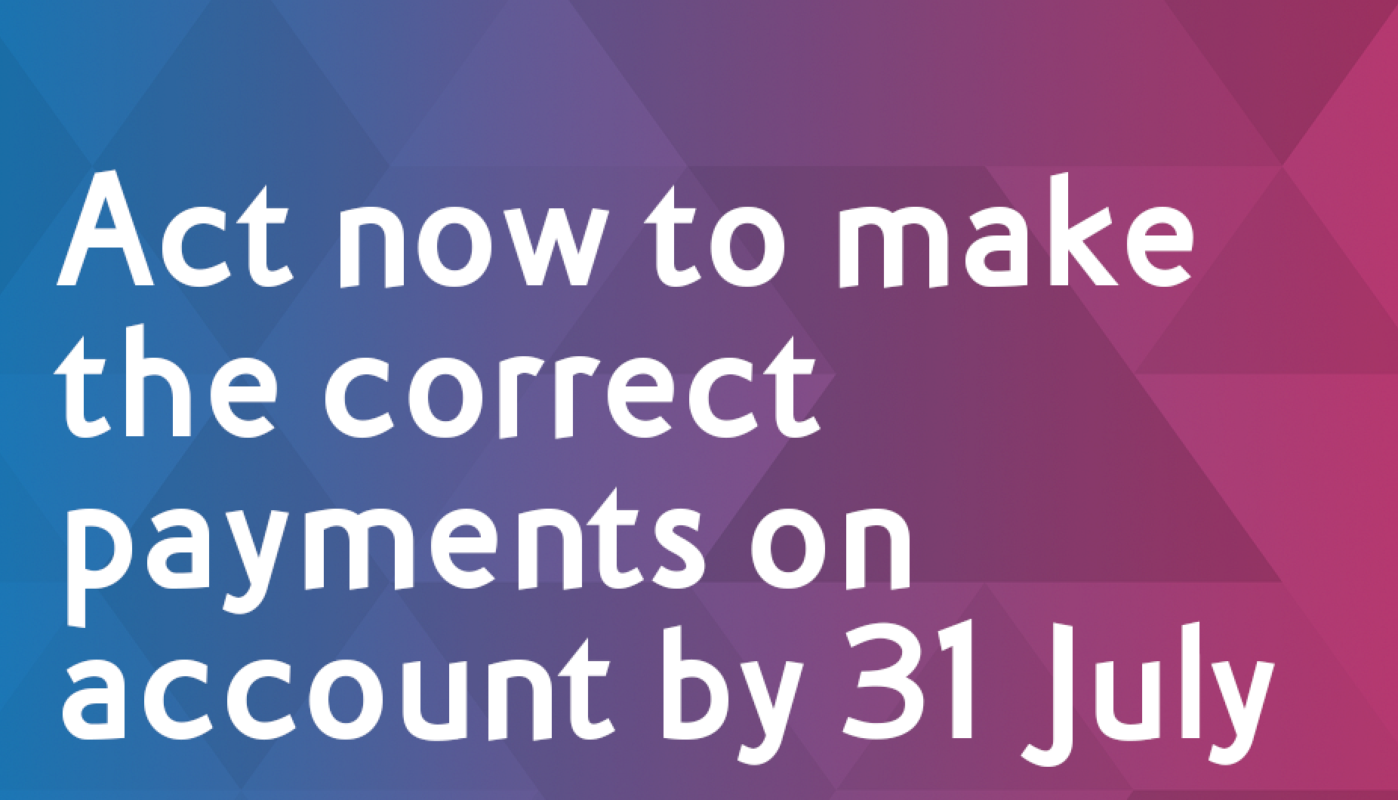The “150% Tax Bill” Surprise
For those new to Self Assessment, the first tax bill can bring a nasty surprise. After carefully calculating the tax owed for your first year of trading, you may find HMRC is demanding that amount, plus an extra 50% on top. This is due to a system called Payments on Account, and it catches out thousands of newly self-employed people every year.
This system is not a penalty; it is HMRC’s method for ensuring you pay tax on your profits throughout the year, similar to how PAYE works for employees. However, the way it is implemented in the first year can create a significant cash flow challenge if you are unprepared.
This guide will explain exactly what Payments on Account are, how they are calculated, why the first year is so challenging, and what you can do to manage them effectively.
What Are Payments on Account?
Payments on Account are advance payments towards your next tax bill. They are designed to spread the cost of your tax liability over two instalments during the year, rather than you paying it all in one lump sum after the tax year has ended.
These payments are made twice a year on the following deadlines:
- 31 January
- 31 July.
Each payment is typically half of your previous year’s tax bill. HMRC essentially assumes your income for the current year will be the same as the last and asks you to pay the tax on that estimated income in advance.
Who Has to Make Payments on Account?
You are legally required to make Payments on Account if you file a Self Assessment tax return and meet both of the following conditions:
- Your last Self Assessment tax bill was £1,000 or more.
- Less than 80% of the tax you owed was deducted ‘at source’ (for example, through a PAYE tax code on an employment).
This means the system primarily affects sole traders, freelancers, and landlords whose income is not taxed before they receive it. If your tax bill is below £1,000, or if you have a part-time job where most of your tax is already paid via PAYE, you will likely not have to make them.

How Are Payments on Account Calculated?
The calculation is based on your total tax and Class 4 National Insurance liability from your previous year’s tax return. Student loan repayments and Capital Gains Tax are not included in this calculation; they are paid in full with your final balancing payment.
Example for an established sole trader:
- Let’s say your tax bill for the 2023/24 tax year is £3,000.
- HMRC will ask you to make two Payments on Account towards your next tax bill (for the 2024/25 tax year).
- Each payment will be 50% of the previous year’s bill: £3,000 \div 2 = £1,500.
- You will pay £1,500 on 31 January 2025 and another £1,500 on 31 July 2025.
When you file your 2024/25 tax return (by 31 January 2026), HMRC will calculate your actual bill. If it is, for example, £3,200, you will have already paid £3,000 towards it. You would then only need to make a ‘balancing payment’ of £200.
The First-Year Trap: Why Your First Bill is So High
The real shock comes in your first year of making Payments on Account. This is because on the 31 January deadline, you are required to pay two things at once:
- The full tax bill for the tax year you have just completed.
- Your first Payment on Account for the next tax year.
This effectively means your first payment to HMRC can be 150% of your first year’s tax bill.
Example for a first-time filer:
- You start your business in the 2023/24 tax year. You file your first tax return in December 2024.
- Your tax bill for 2023/24 is calculated as £3,000. This is due by 31 January 2025.
- Because your bill is over £1,000, HMRC also requires you to make Payments on Account for the 2024/25 tax year.
- Your first Payment on Account for 2024/25 is 50% of your 2023/24 bill, which is £1,500. This is also due by 31 January 2025.
- Therefore, your total amount due on 31 January 2025 is £4,500 (£3,000 + £1,500).
- You would then need to pay the second Payment on Account of £1,500 by 31 July 2025.
Forgetting or not understanding this requirement is one of the most common and stressful mistakes made by the newly self-employed.

How to Reduce Your Payments on Account
If you know that your income in the current tax year will be lower than the previous year, you do not have to pay the amount HMRC has calculated. You can apply to reduce your Payments on Account. This might be the case if you have lost a major client, are winding down your business, or are transitioning to part-time work.
You can make the request to reduce your payments:
- On your Self Assessment tax return: There is a specific section on the form where you can enter the amount you expect to pay.
- Through your HMRC online account: You can log in and select the option to ‘Reduce payments on account’.
- By post: You can complete and send form SA303 to HMRC.
A word of caution: If you reduce your payments but your profits do not fall as expected, you will have underpaid tax. HMRC will charge you interest on the shortfall, and you could face penalties. It is always better to be cautious and overpay slightly, as HMRC will refund any overpayment after you file your next return.
Budgeting for Your Tax Bill and Payments on Account
The key to managing Payments on Account is proactive financial planning.
- Set Aside Money Regularly: A common rule of thumb is to set aside 20-30% of every payment you receive into a separate savings account specifically for tax. This ensures the money is there when the deadlines arrive.
- File Your Tax Return Early: You can file your tax return any time after the tax year ends on 5 April. Filing early does not mean you have to pay early, but it gives you a clear picture of your liability for the following January, allowing you many months to plan and save.
- Use HMRC’s Budget Payment Plan: You can set up a plan to make regular weekly or monthly payments towards your next tax bill. This is separate from Payments on Account and can help smooth out your cash flow even further.
Conclusion: Plan Ahead to Avoid the Shock
Payments on Account are a standard part of the Self Assessment system for most sole traders. While the first year can be a shock, understanding how the system works is the first step to managing it effectively. By budgeting for tax as you earn and filing your return early, you can eliminate the surprise and ensure you have the funds ready to meet your obligations without stress.
FAQ’S- Payments on Account Demystified: Avoiding the First-Year Tax Shock
1. What are Payments on Account?
Payments on Account are advance payments towards your future Self Assessment tax bill in the UK. They help spread the cost by making two payments—one in January and one in July.
2. Who has to make Payments on Account?
If your last tax bill was over £1,000 and less than 80% of your tax was collected through PAYE, you’re usually required to make Payments on Account.
3. Why do first-time self-employed individuals get caught off guard?
Many don’t realize they’ll be paying up to 150% of their first year’s tax in one go—100% for the current year, plus 50% advance payment for the next year.
4. When are the Payments on Account due?
First payment: 31 January (same day as your tax return is due)
Second payment: 31 July
5. How are Payments on Account calculated?
Each payment is 50% of your previous year’s tax liability (excluding student loans and capital gains tax).
6. What if I earn less in the following year?
You can request to reduce your Payments on Account using form SA303 or through your online HMRC account, but be cautious—underpaying can trigger interest or penalties.
7. Are Payments on Account optional?
No, if you meet the criteria. However, if your tax bill is below £1,000 or most of your tax is deducted at source, HMRC won’t require them.
8. Do Payments on Account include Class 2 or Class 4 National Insurance?
Yes, they typically include Class 4 NICs, but Class 2 is not included and must be paid separately.
9. What happens if I miss a payment deadline?
HMRC may charge interest and penalties for late payment, so it’s important to plan ahead and budget accordingly.
10. How can I avoid the “first-year shock”?
Set aside money throughout the year for both tax and Payments on Account.
Consider speaking to an accountant early on.
Use online calculators to estimate your tax and plan your finances.
